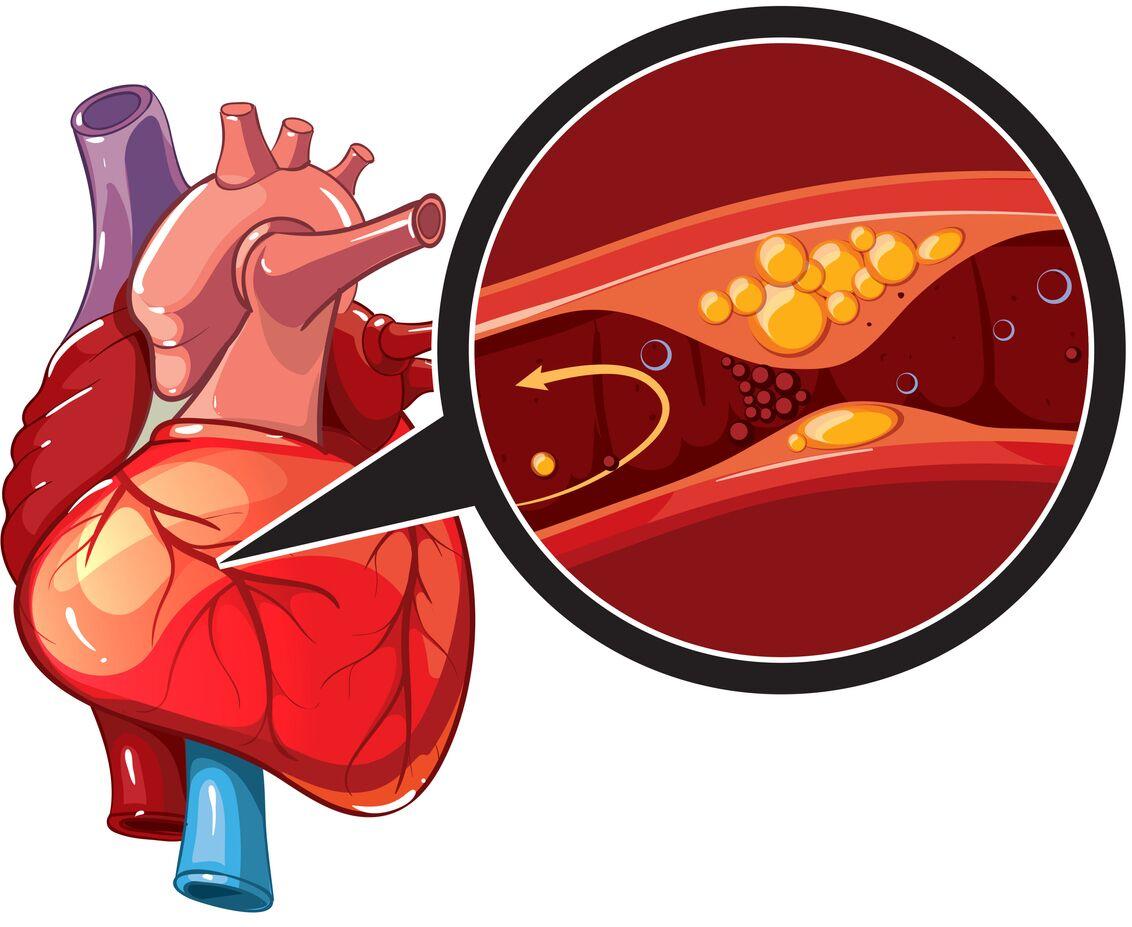What are the main causes of coronary heart disease?
Coronary Heart Disease: Understanding the Risks and Solutions
Coronary heart disease (CHD) is a serious health condition that affects millions of people worldwide. Often referred to as coronary artery disease (CAD), it occurs when the coronary arteries become narrowed or blocked due to plaque buildup. This can lead to chest pain, heart attacks, and even death. In this article, we’ll explore the causes, symptoms, treatment options, and preventive measures related to coronary heart disease. Understanding this condition is crucial for maintaining heart health.
What Causes Coronary Heart Disease?
Coronary heart disease is primarily caused by atherosclerosis, a condition where fatty deposits (plaque) build up in the artery walls. Over time, this can lead to reduced blood flow to the heart. Here are some common risk factors:
- High cholesterol levels: Excess LDL (bad cholesterol) can contribute to plaque formation.
- High blood pressure: Hypertension can damage arteries, making them more susceptible to plaque buildup.
- Smoking: Tobacco use damages blood vessels and increases blood clot risk.
- Diabetes: High blood sugar levels can damage blood vessels and increase plaque formation.
- Obesity: Excess weight is linked to various heart disease risk factors.
- Lack of physical activity: Sedentary lifestyles contribute to weight gain and overall heart health decline.
- Unhealthy diet: A diet high in saturated fats, trans fats, and cholesterol can increase the risk of CHD.
- Family history: A genetic predisposition may increase the risk of developing coronary heart disease.
Symptoms of Coronary Heart Disease
Many people with coronary heart disease may not experience any symptoms, especially in the early stages. However, common symptoms can include:
- Chest pain (angina): A feeling of pressure, squeezing, or fullness in the chest.
- Shortness of breath: Difficulty breathing during physical activity or at rest.
- Fatigue: Unexplained tiredness, especially in women.
- Heart palpitations: Irregular heartbeats or a racing heart.
- Weakness or dizziness: Lightheadedness or fainting can occur.
Diagnosis of Coronary Heart Disease
To diagnose coronary heart disease, healthcare providers use a combination of methods, including:
- Physical examination: Assessing the patient’s medical history and risk factors.
- Blood tests: Checking cholesterol and blood sugar levels.
- Electrocardiogram (ECG): Monitoring heart rhythms and detecting issues.
- Stress tests: Evaluating heart function during physical activity.
- Imaging tests: Techniques like echocardiograms or coronary angiography to visualize the heart and blood vessels.
Treatment Options for Coronary Heart Disease
Coronary heart disease treatment aims to improve heart health and prevent complications. Common options include:
- Lifestyle changes: Dietary modifications, regular exercise, quitting smoking, and weight management.
- Medications: Statins, antiplatelet agents, beta-blockers, and ACE inhibitors to manage symptoms and reduce risks.
- Cardiac procedures: Angioplasty and stenting may be necessary to open blocked arteries. In severe cases, coronary artery bypass grafting (CABG) may be performed.
Benefits of Lifestyle Changes
Implementing healthy lifestyle changes can significantly reduce the risk of coronary heart disease:
- Improved heart health: Regular exercise strengthens the heart muscle.
- Weight management: Losing excess weight can lower blood pressure and improve cholesterol levels.
- Reduced stress: Healthy coping mechanisms can lower the risk of heart disease.
Practical Tips for Preventing Coronary Heart Disease
Preventing coronary heart disease involves adopting a healthier lifestyle. Here are some practical tips:
- Eat a heart-healthy diet: Focus on fruits, vegetables, whole grains, and lean proteins.
- Stay active: Aim for at least 150 minutes of moderate exercise each week.
- Monitor your health: Regular check-ups to manage blood pressure, cholesterol, and diabetes.
- Limit alcohol intake: If you drink, do so in moderation.
- Manage stress: Practice relaxation techniques such as yoga or meditation.
Case Studies: Real-Life Experiences
Understanding the impact of coronary heart disease through real-life examples can be enlightening. Here are two brief case studies:
| Patient | Age | Symptoms | Treatment |
|---|---|---|---|
| John | 58 | Chest pain, fatigue | Angioplasty and lifestyle changes |
| Mary | 65 | Shortness of breath, dizziness | Medication and monitored exercise |
Conclusion
Coronary heart disease is a significant health concern, but understanding its causes, symptoms, and treatment options can empower individuals to take charge of their heart health. By making informed lifestyle choices and staying proactive in managing risk factors, you can reduce your likelihood of developing this condition. Regular check-ups, a healthy diet, and an active lifestyle are vital steps in the prevention and management of coronary heart disease. Remember, your heart health matters—take the steps necessary to protect it today!
